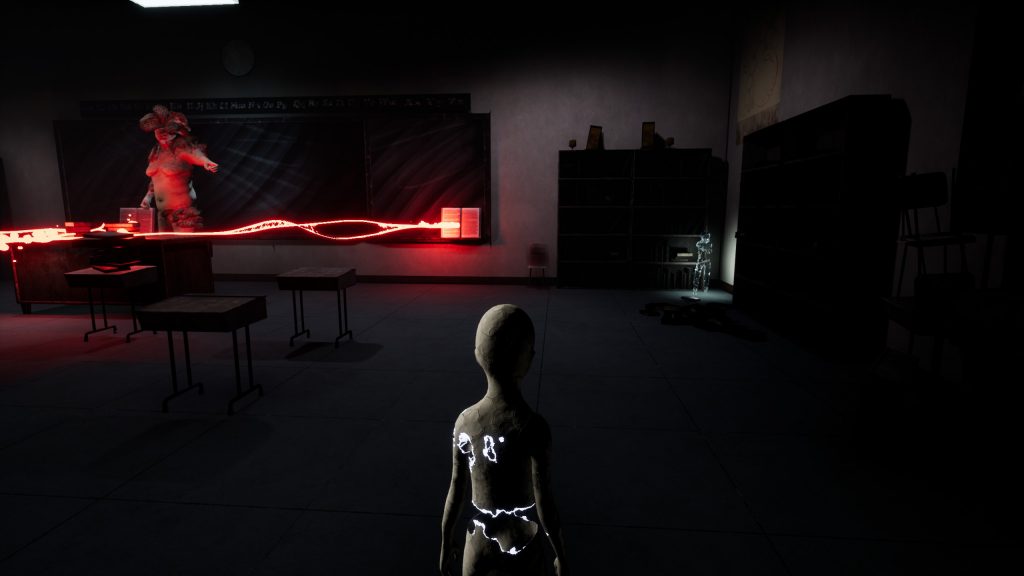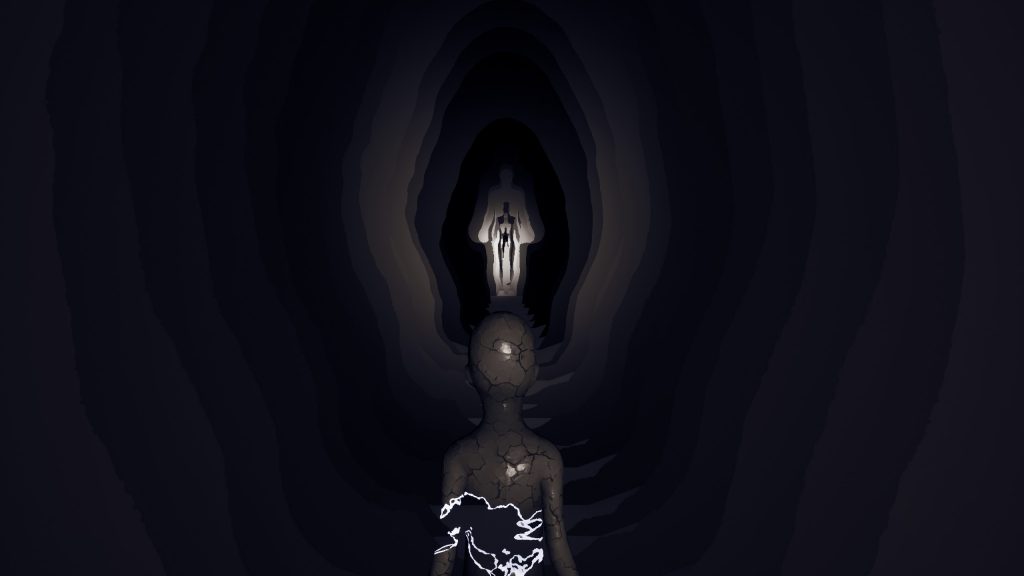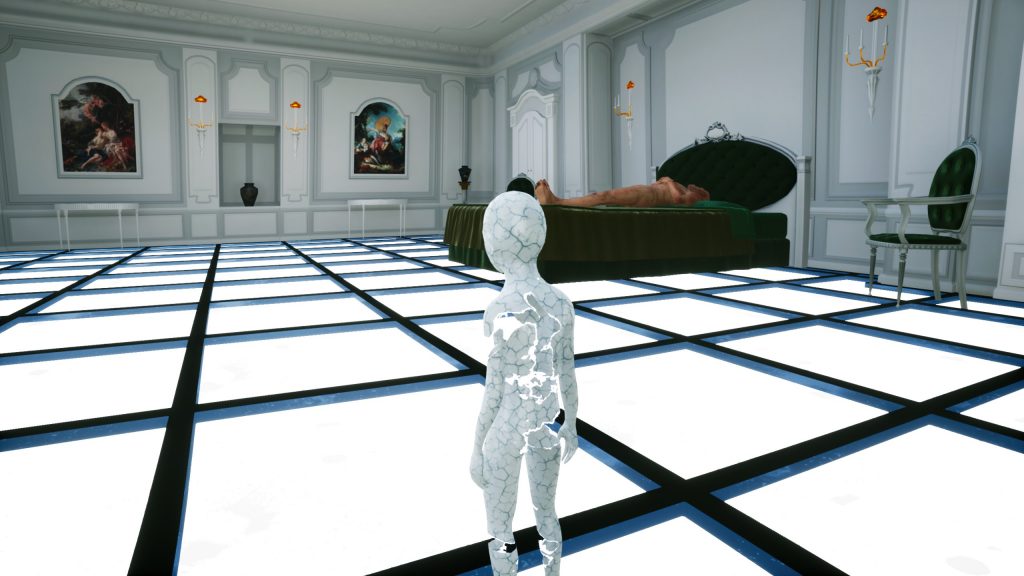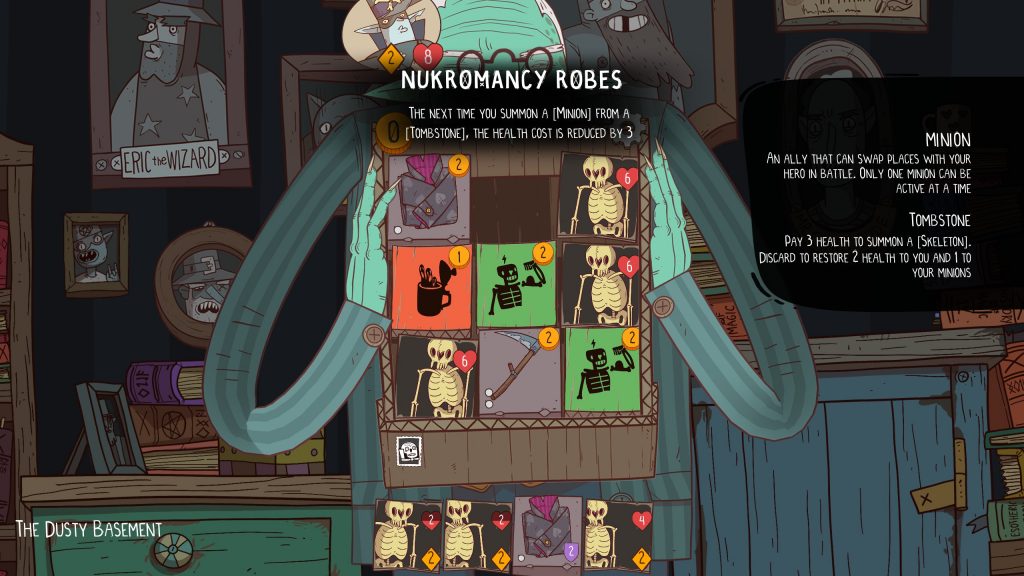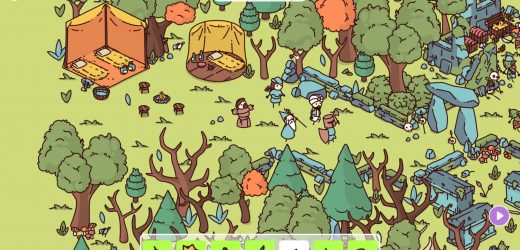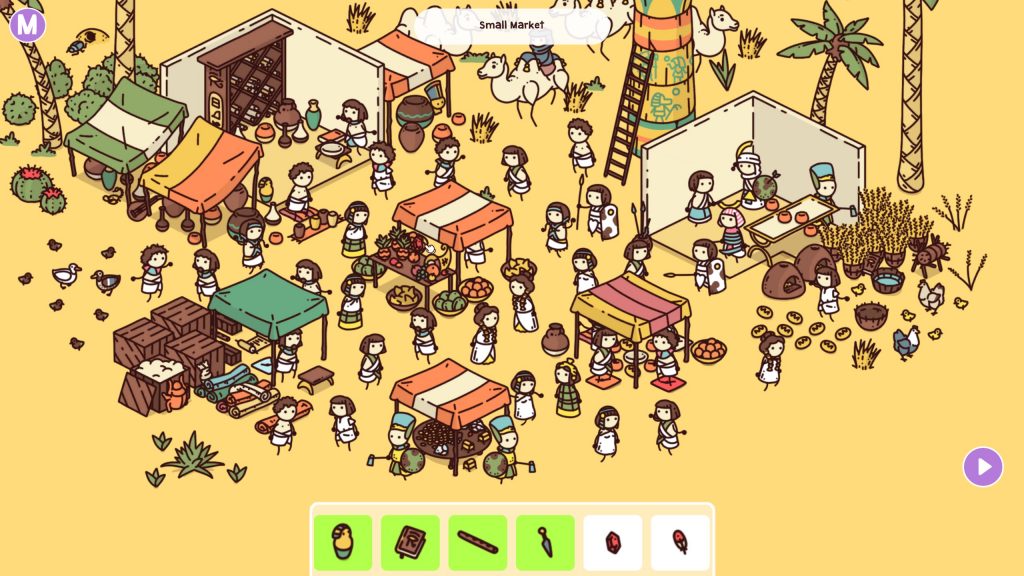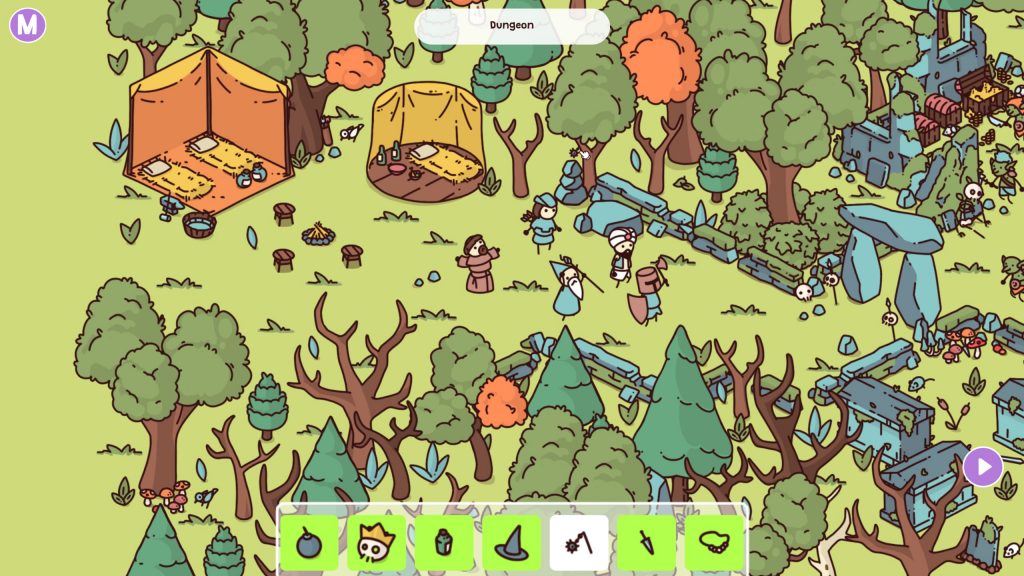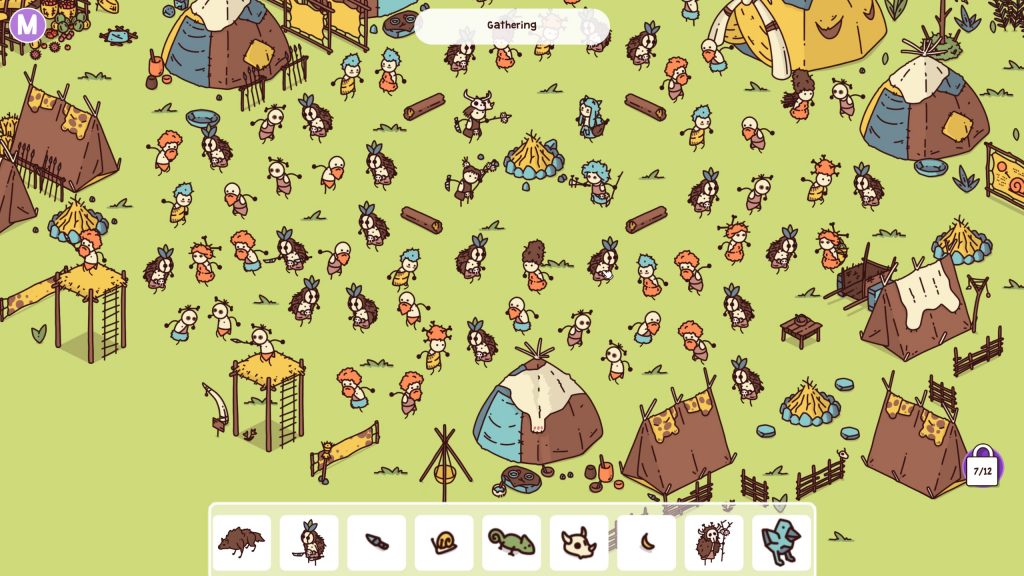Helltaker (Review)

Source: Free
Price: Free, but the artbook has a pancake recipe, is £7.19, and if you like the game, buy it, let the dev know you liked it!
Where To Get It: Steam
Mmm, I do love me a sliding puzzle where I hit things. And I love me some demon gals. And I love the wooing thereof. So… That’s the major points of the review done with, let’s wrap it up, take it home, and-
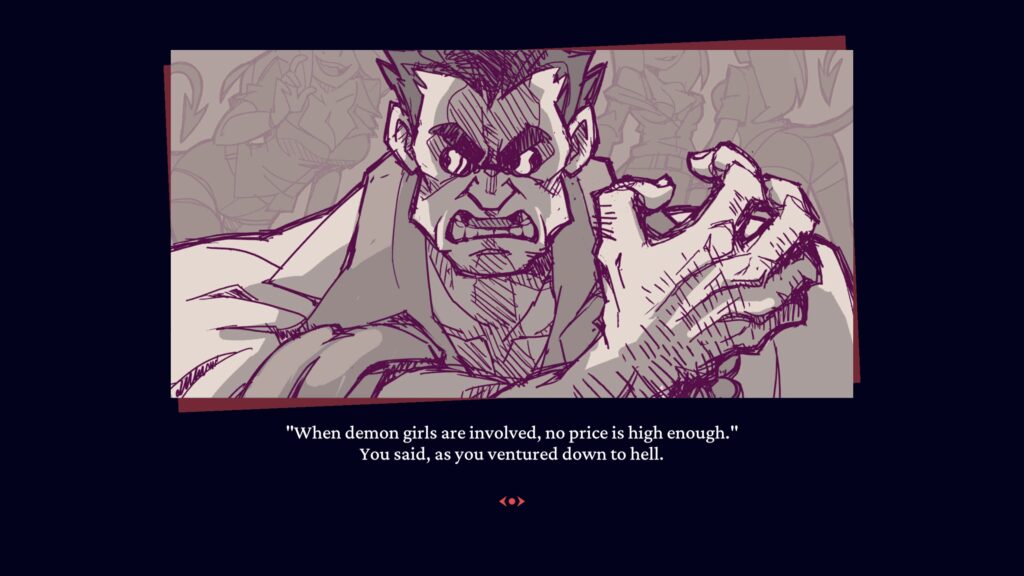
Wait, you want me to say more? Ugh, fiiiiine… Okay, so… Helltaker is a game in which you, an incredibly macho (to the point of parody) protagonist, goes down to hell to get him a demon harem. Skeletons will bar your way. Block puzzles with one solution, and a perfectly fitting turn limit will haunt you. And saying the wrong thing to a demon girl will result in a bad end. But you are undeterred, because, as the protagonist states above, “When demon girls are involved, no price is high enough.”
Oh, and a multi-stage bossfight. I probably should have mentioned that.

Anyway, it’s a puzzle game, it’s short, it’s free, and damn, does it have a good aesthetic. I love me some good inks. I love me some cartoonish, consistent visuals. And I love me a clear UX. It has all these things. So I never felt that much frustration with it, even with the normally despised Multi-stage rhythm boss fight (HISSSS!)
Don’t worry, it has a skip button. But doing them gets you cheevos.
And I liked the writing too, short as it is. You could be forgiven for thinking the entirety of the writing is “Short conversation, two choices, one is a bad end where you restart the puzzle”, but there’s also a little bit if you happen to ask the demon girls for advice. Including a secret ending (This is where the CW of suicide mention comes in, as one advice conversation has the choice of “Kill both of them” and “Kill yourself.” Only CW worthy ending that I know in the game, however)
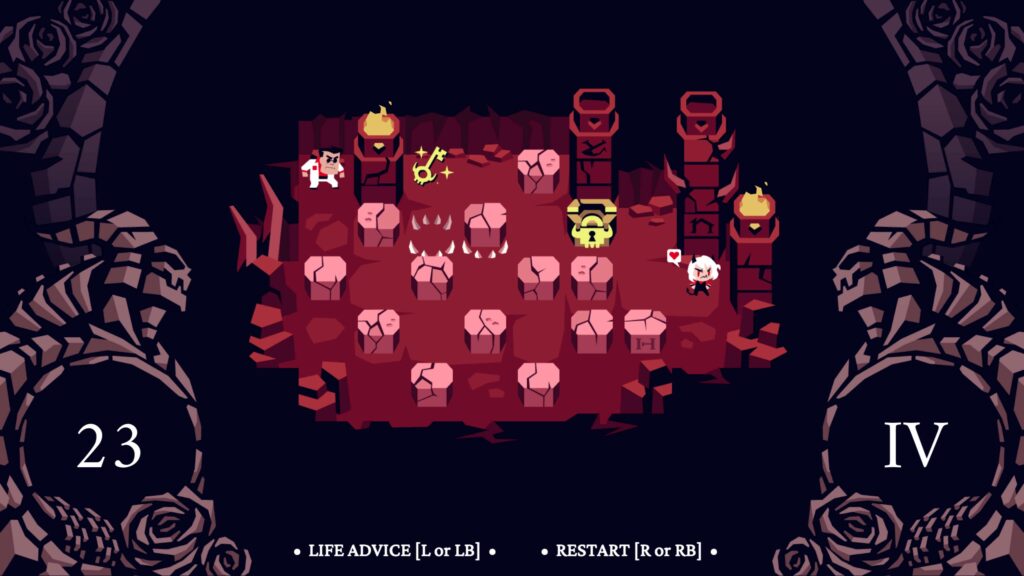
So… Yeah, I love me a sliding puzzle where I hit things. I love demon gals, and the wooing thereof. And I like the humour of it. It’s horny, but SFW, and it prefers a little comedy, playing into the silliness of the concept, and I like the fact that the artbook also has a pancake recipe (There’s a reason why, but that’s to be discovered through play. If you like the game, get the artbook, give the dev some dough for making this short, but cool game.)
Seriously, buy the artbook if you like the game. It has a pancake recipe, and you’re supporting an indie developer.


